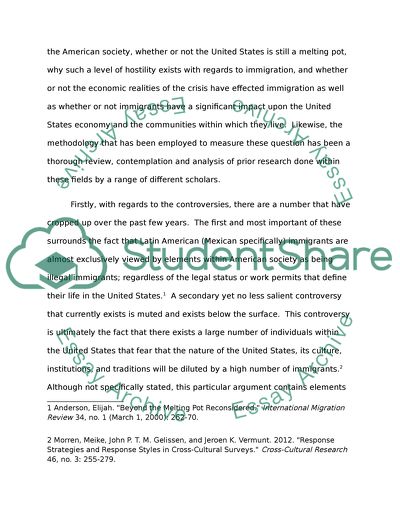Cite this document
(“Immigration ( Research Paper Example | Topics and Well Written Essays - 2000 words”, n.d.)
Retrieved from https://studentshare.org/sociology/1472776-immigration-
Retrieved from https://studentshare.org/sociology/1472776-immigration-
(Immigration ( Research Paper Example | Topics and Well Written Essays - 2000 Words)
https://studentshare.org/sociology/1472776-immigration-.
https://studentshare.org/sociology/1472776-immigration-.
“Immigration ( Research Paper Example | Topics and Well Written Essays - 2000 Words”, n.d. https://studentshare.org/sociology/1472776-immigration-.


